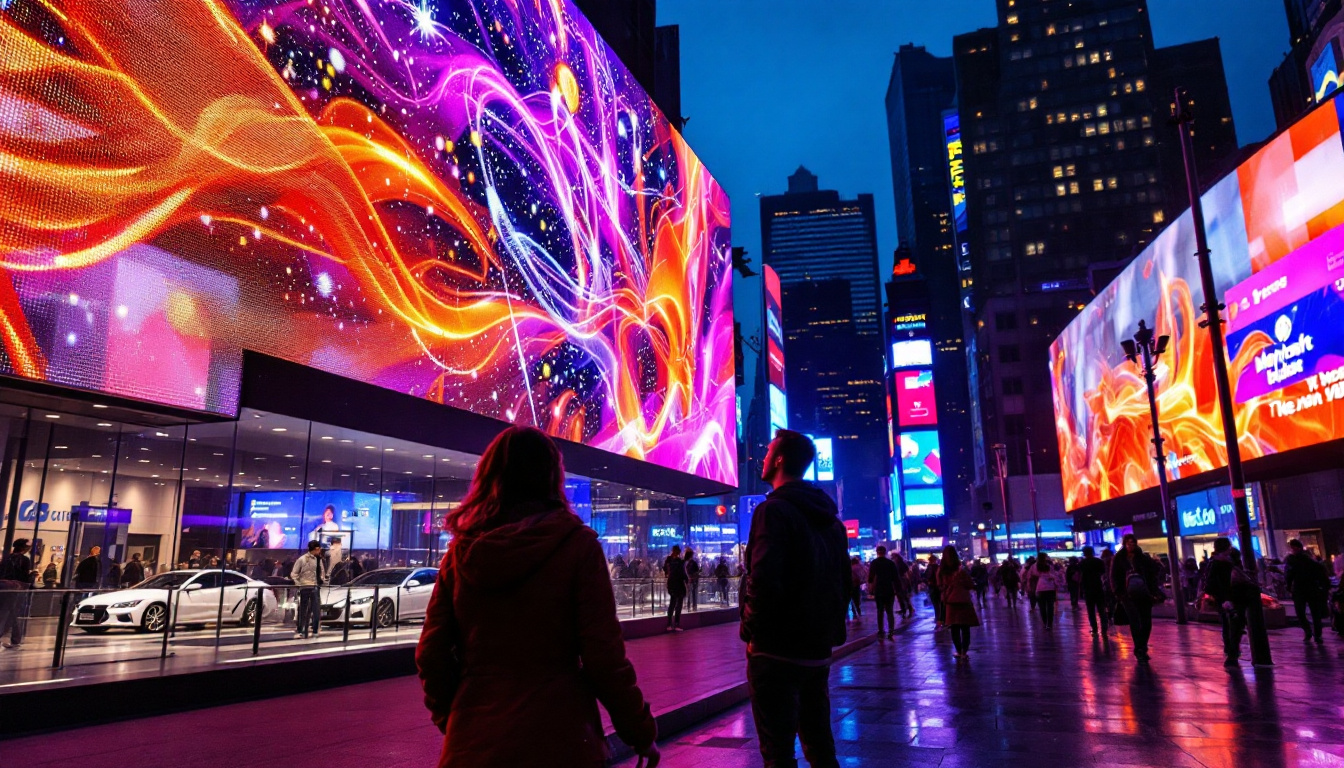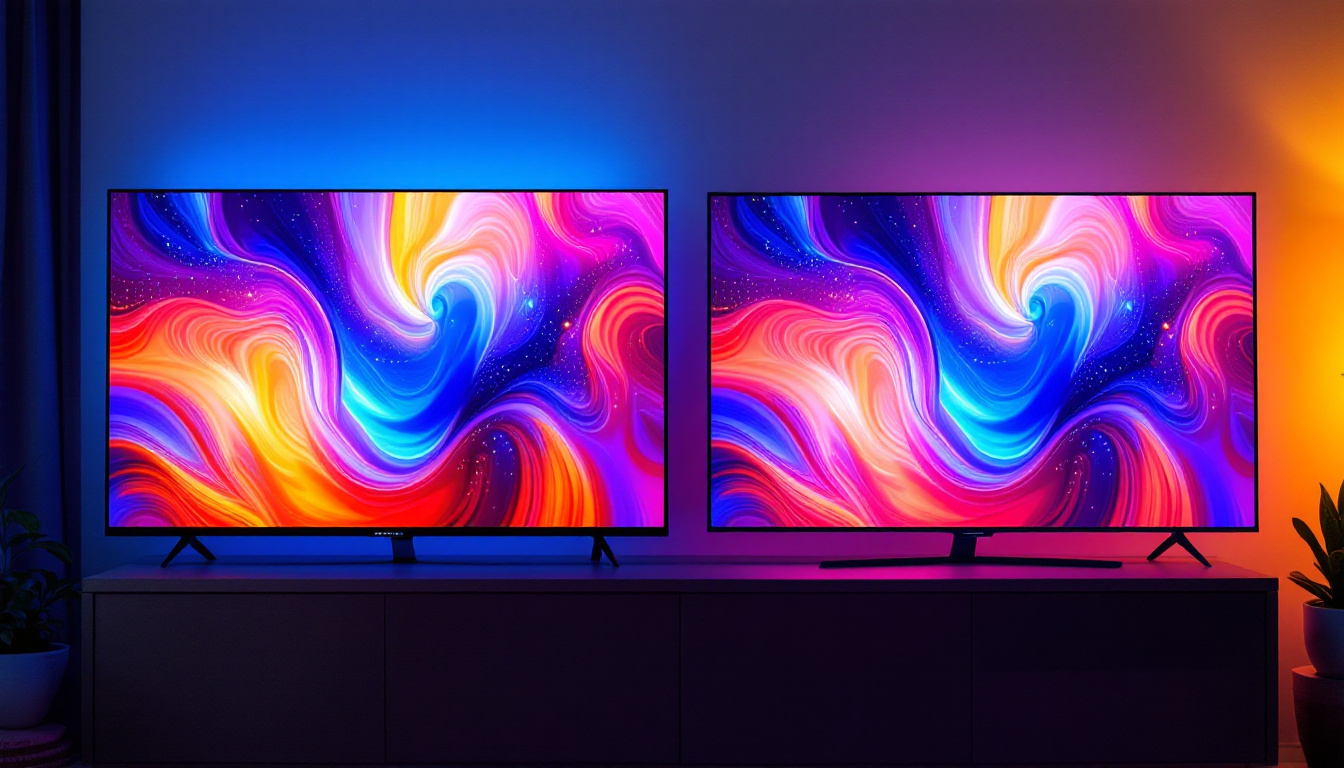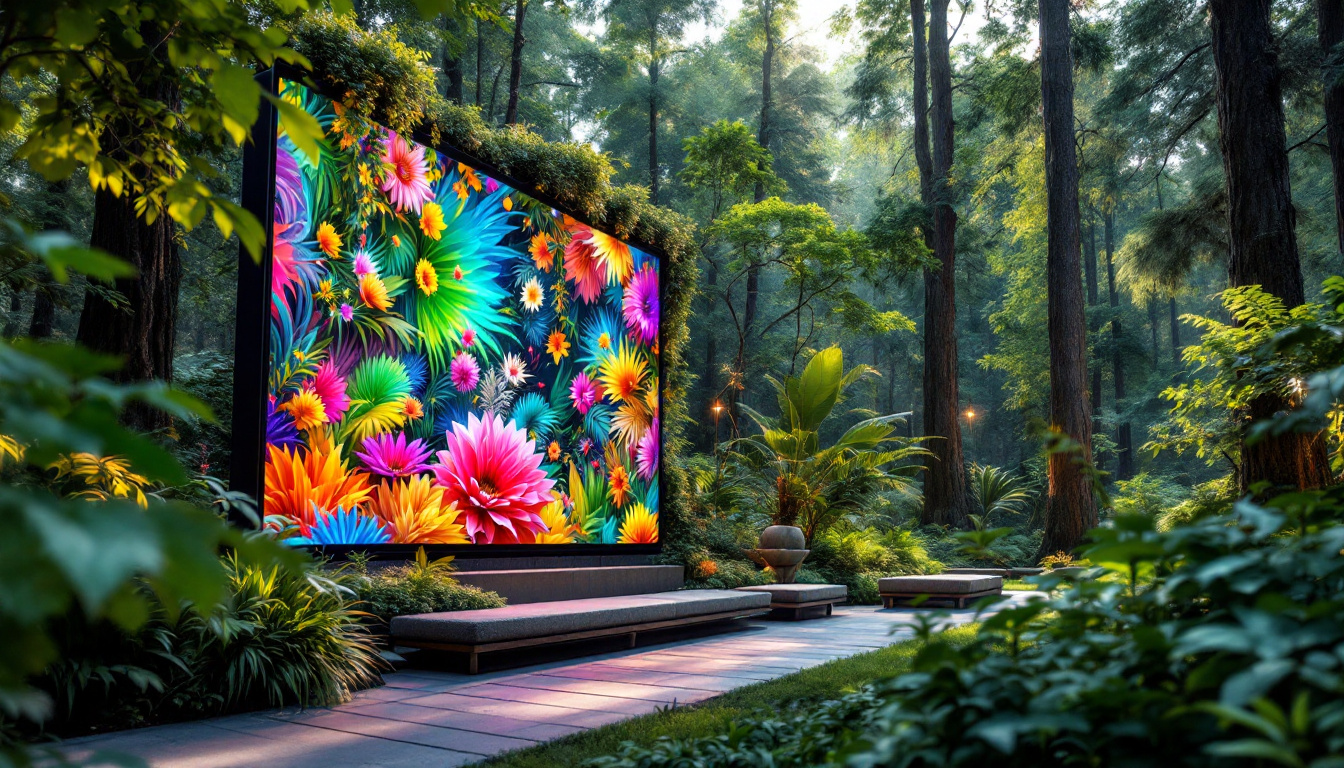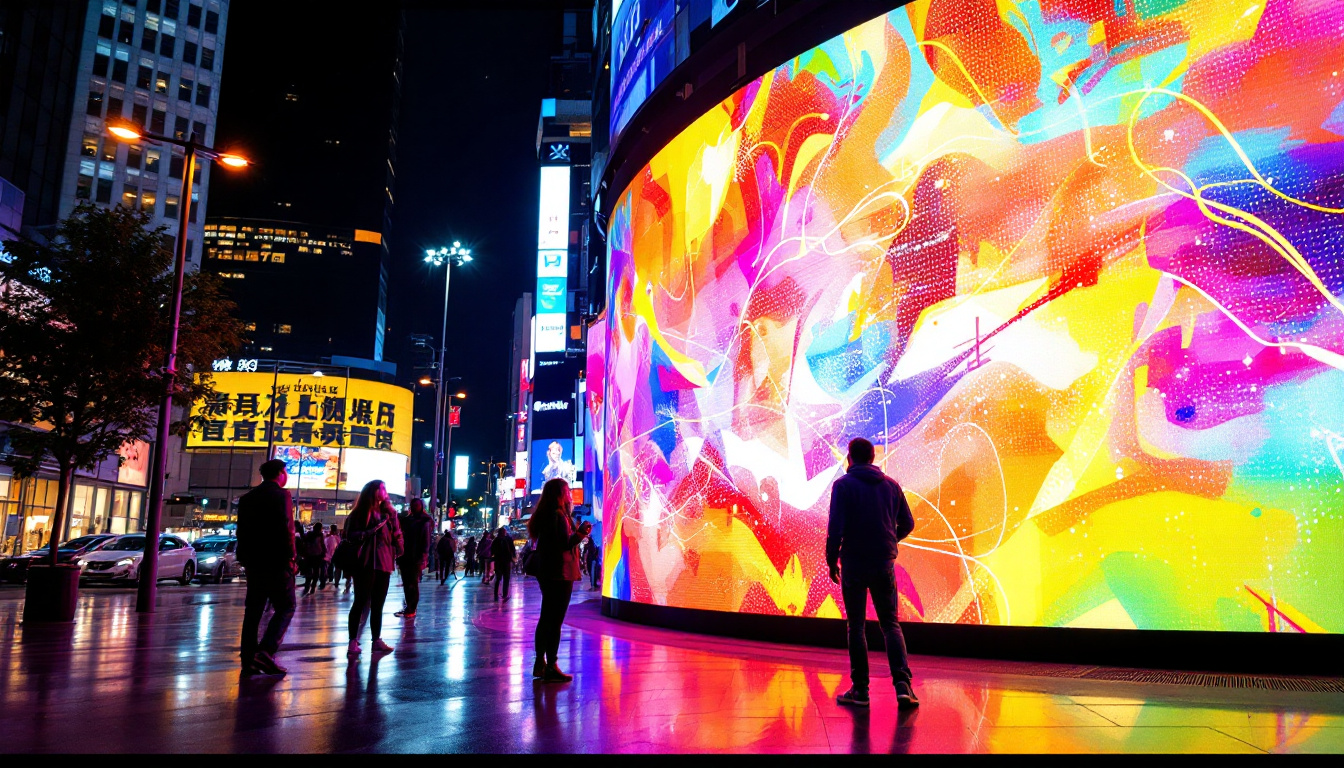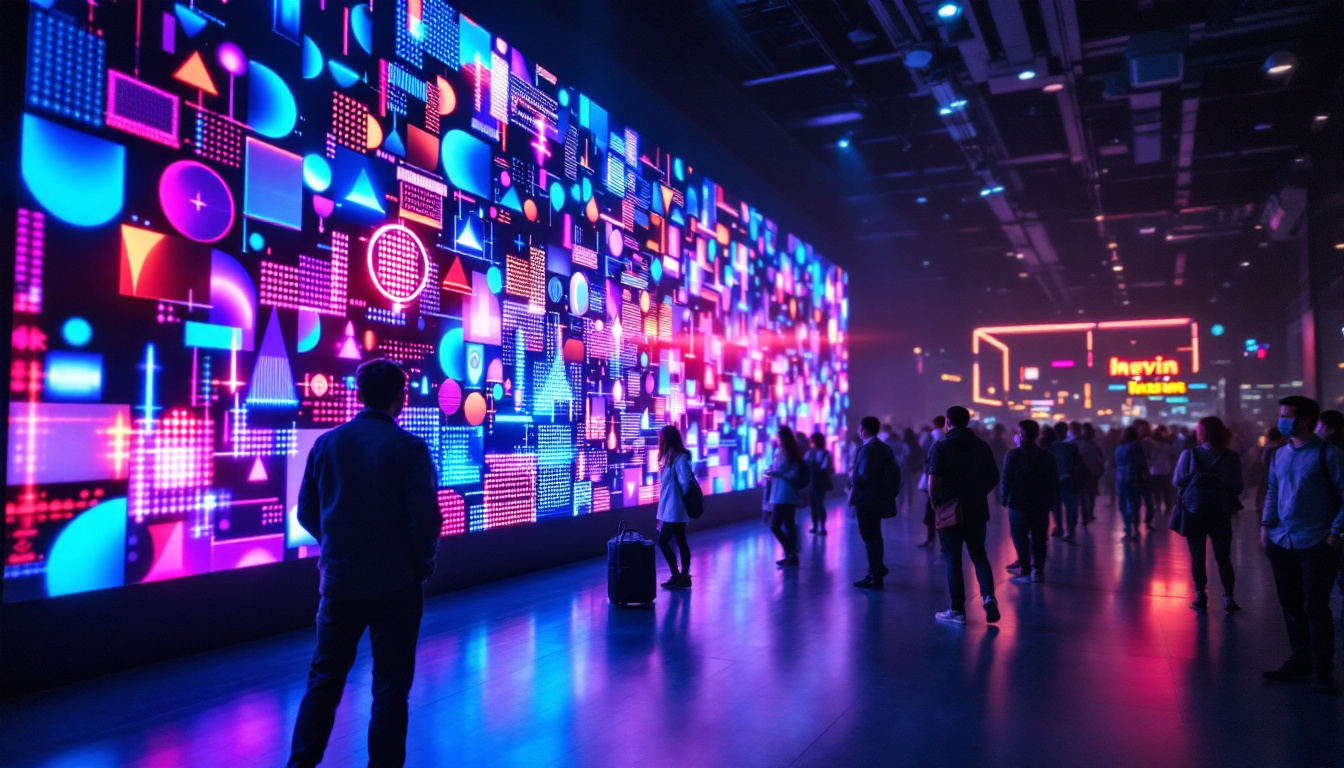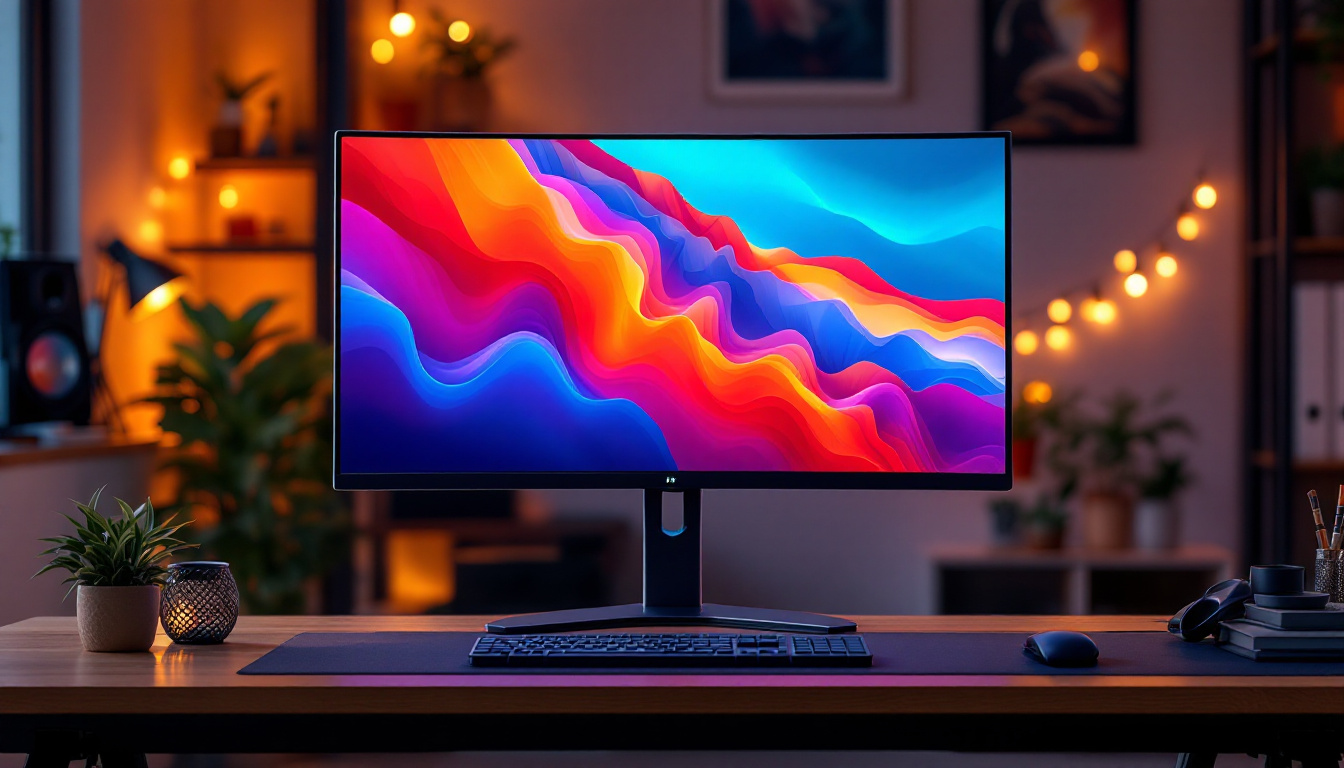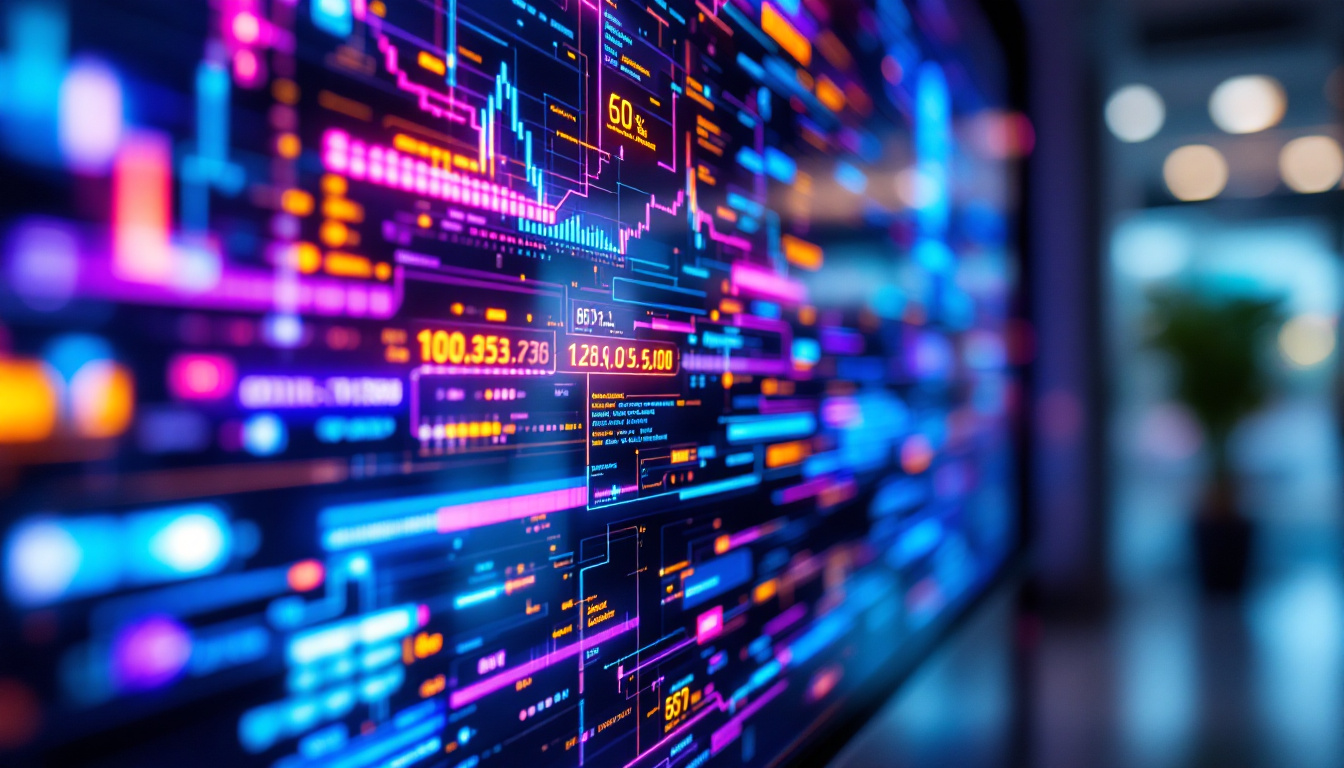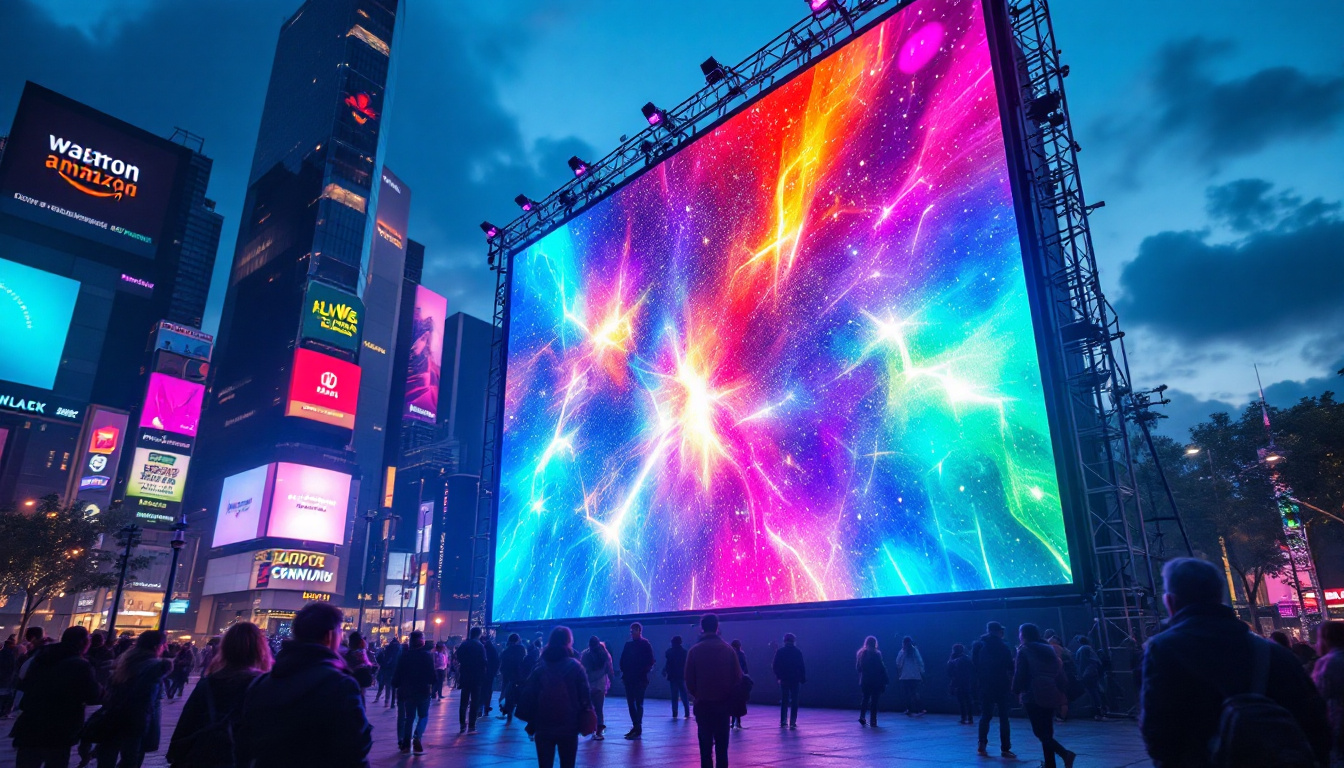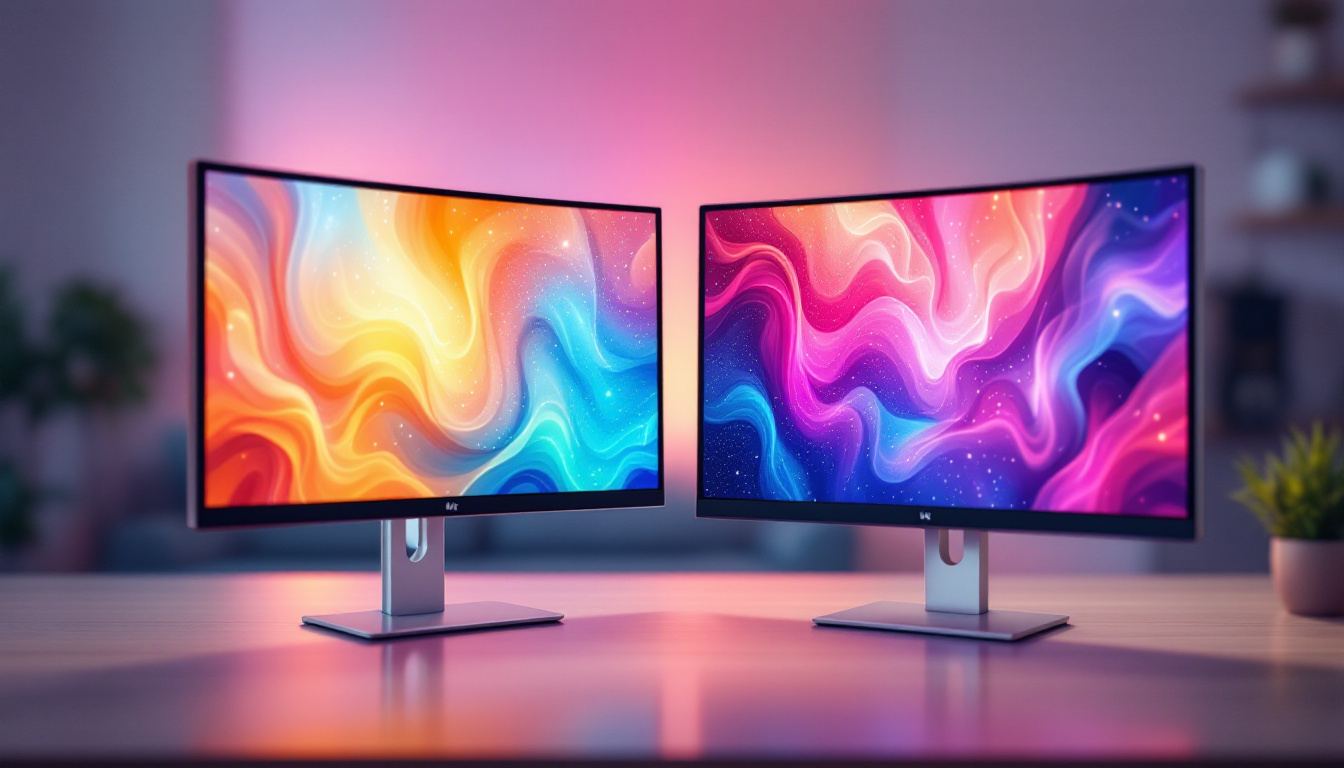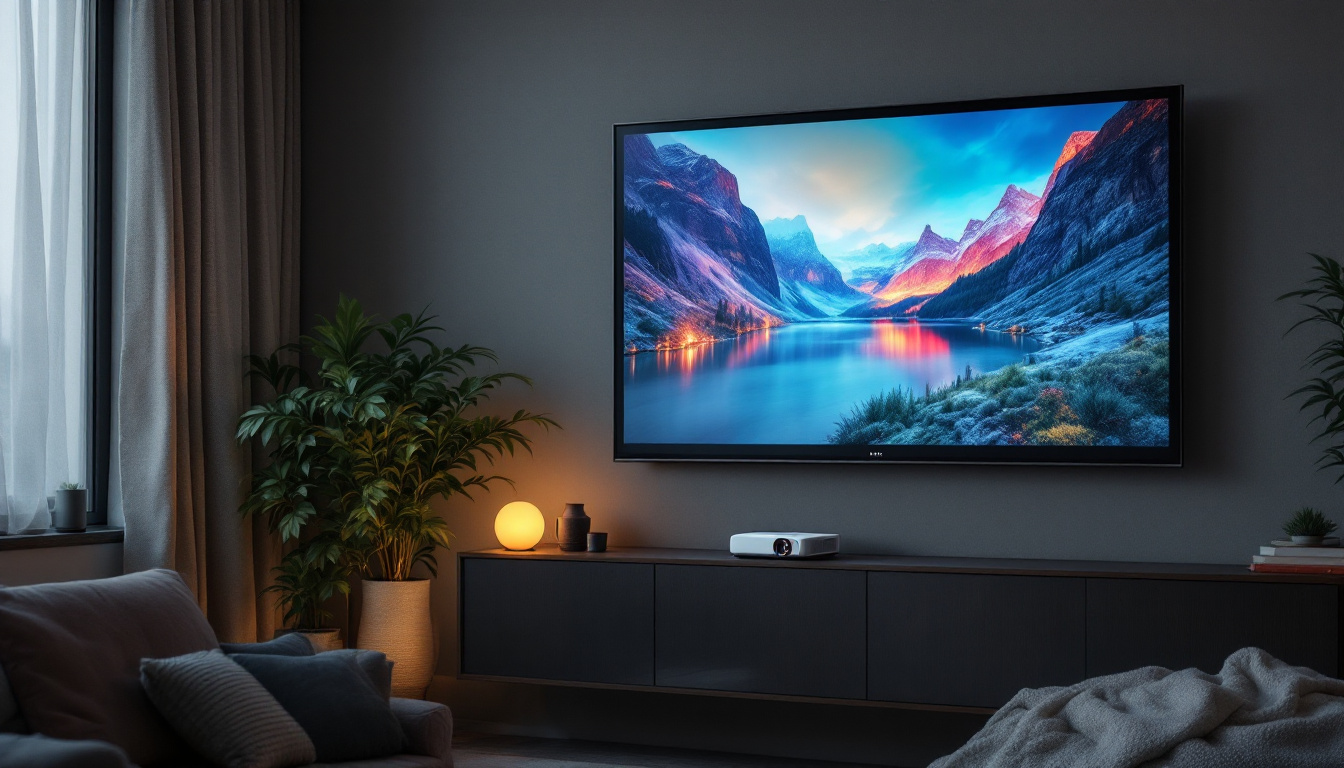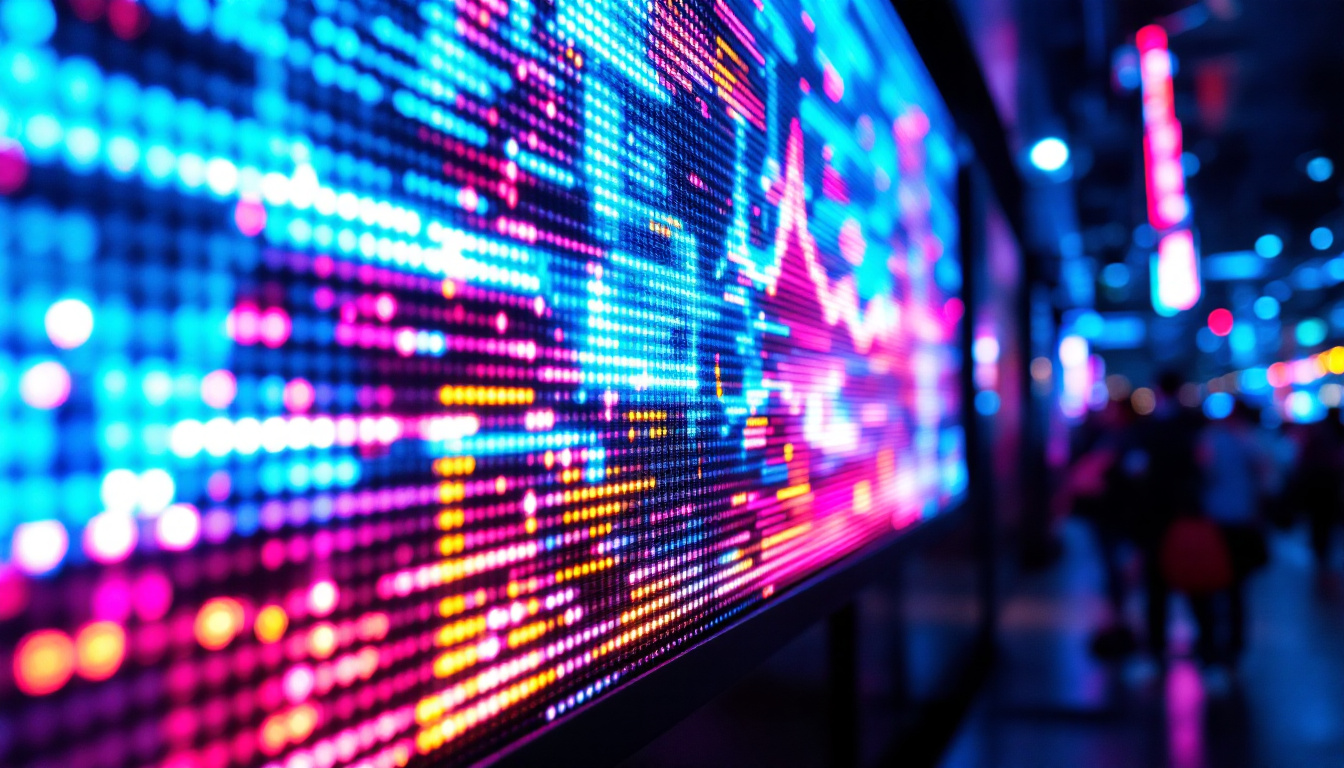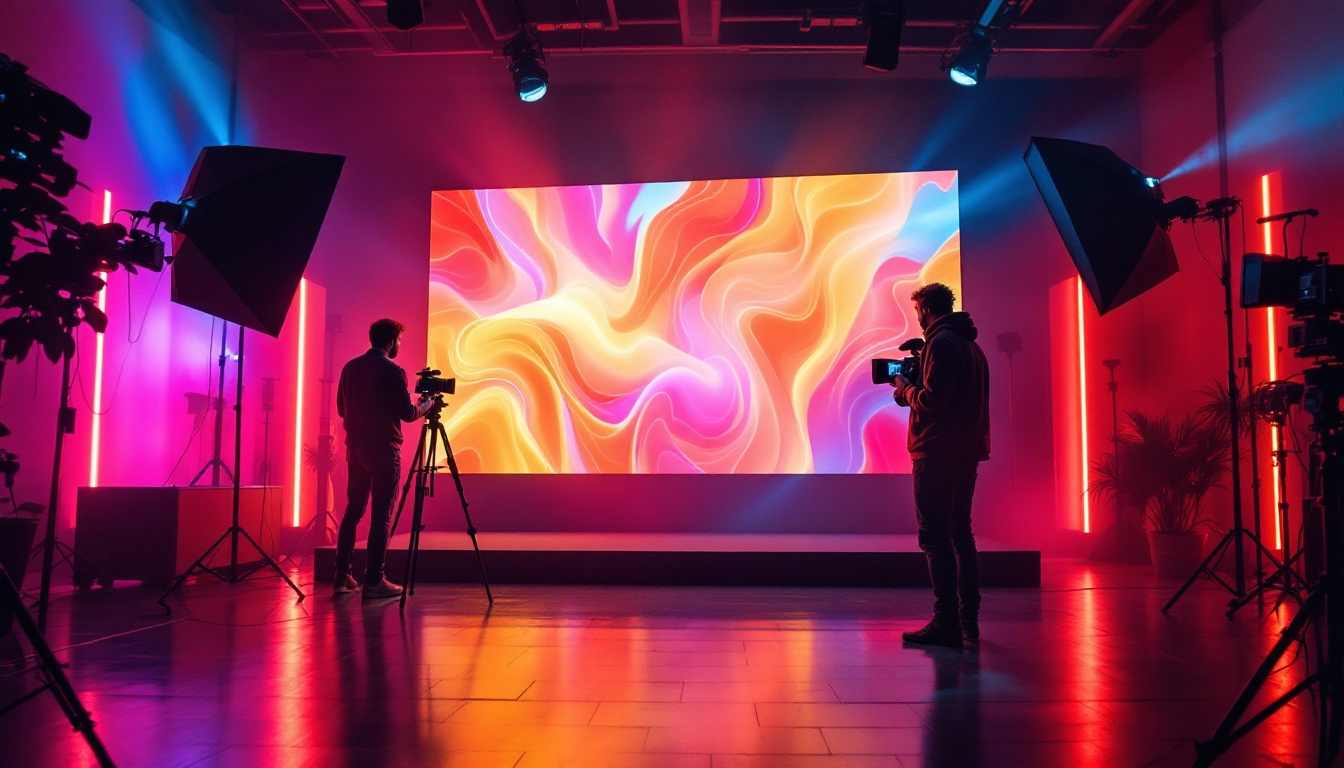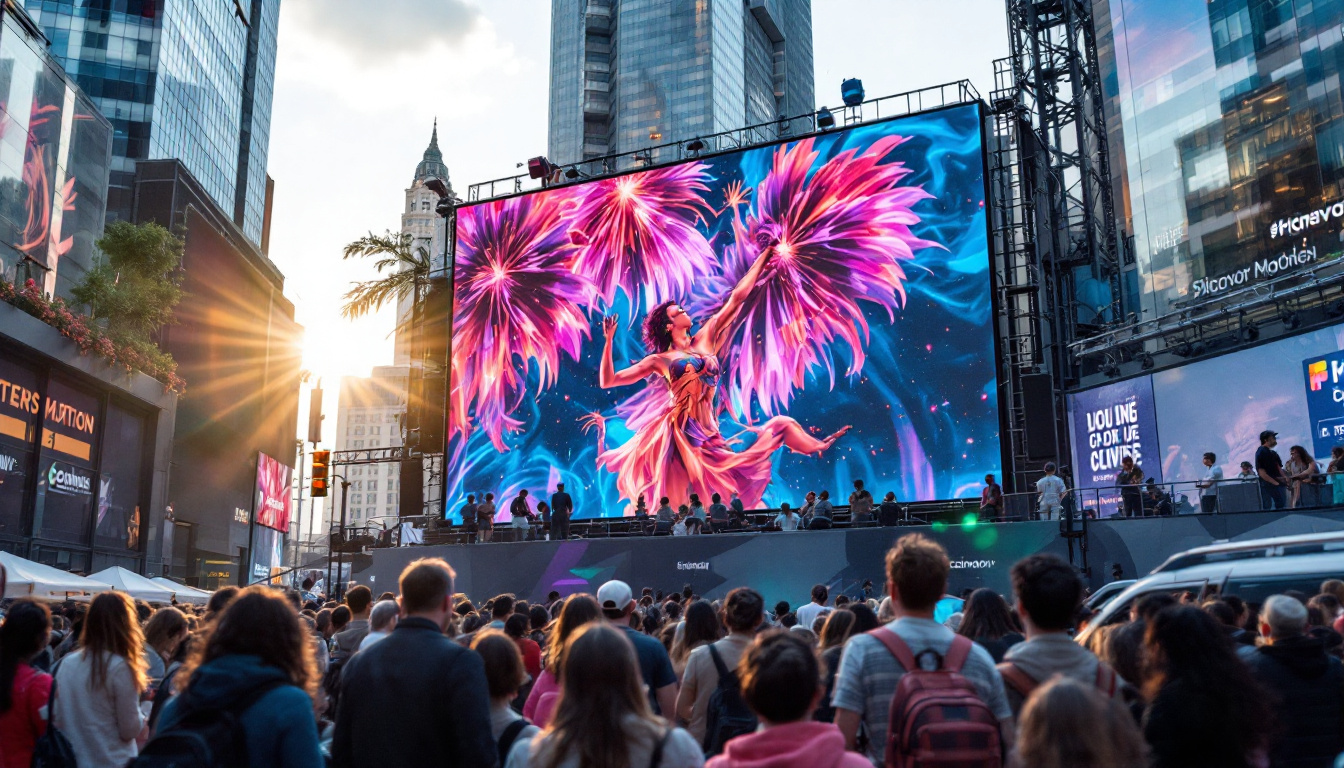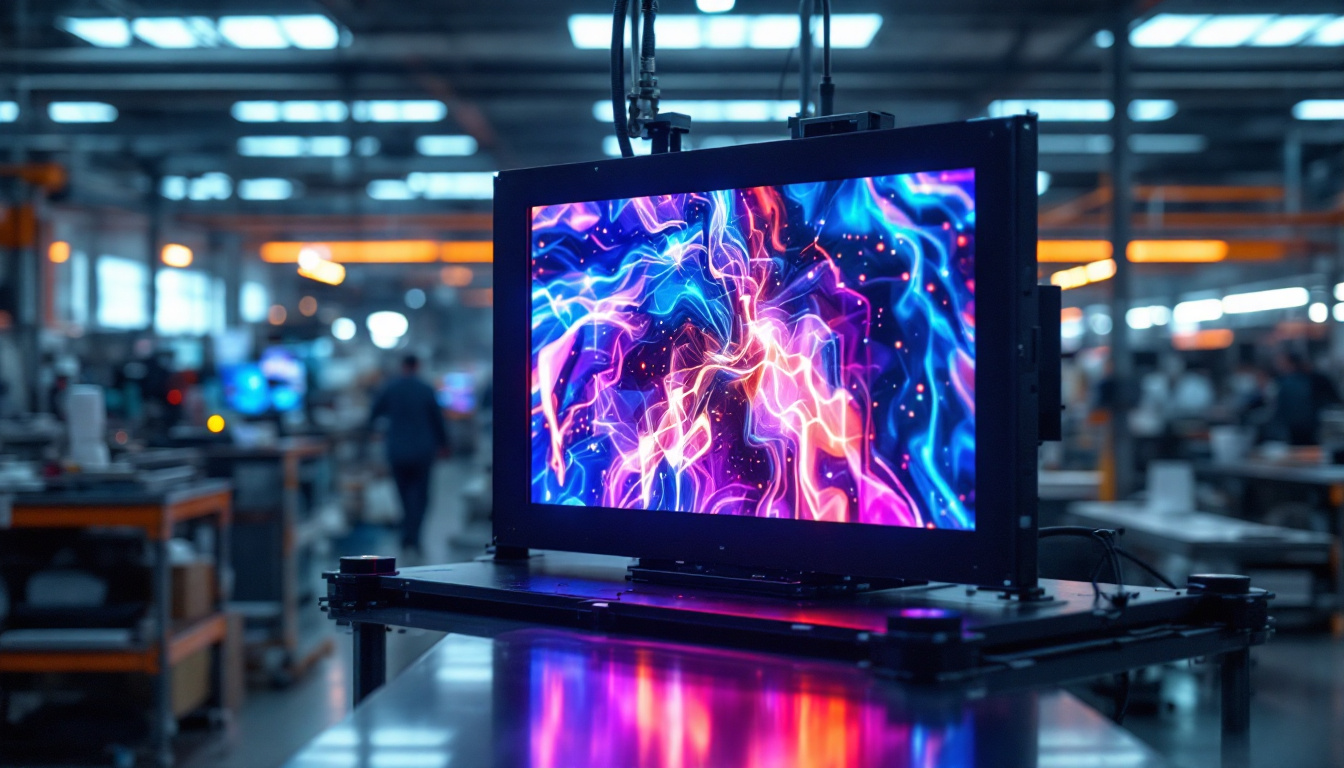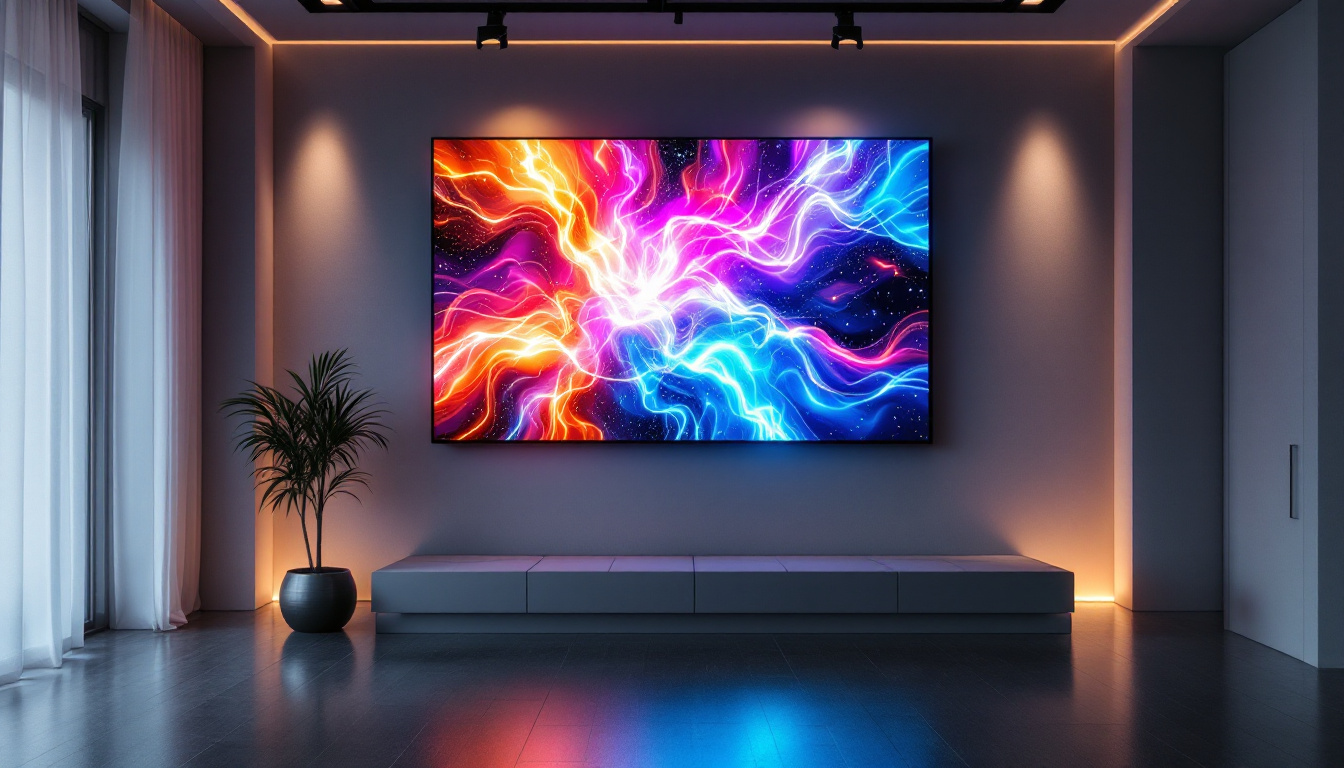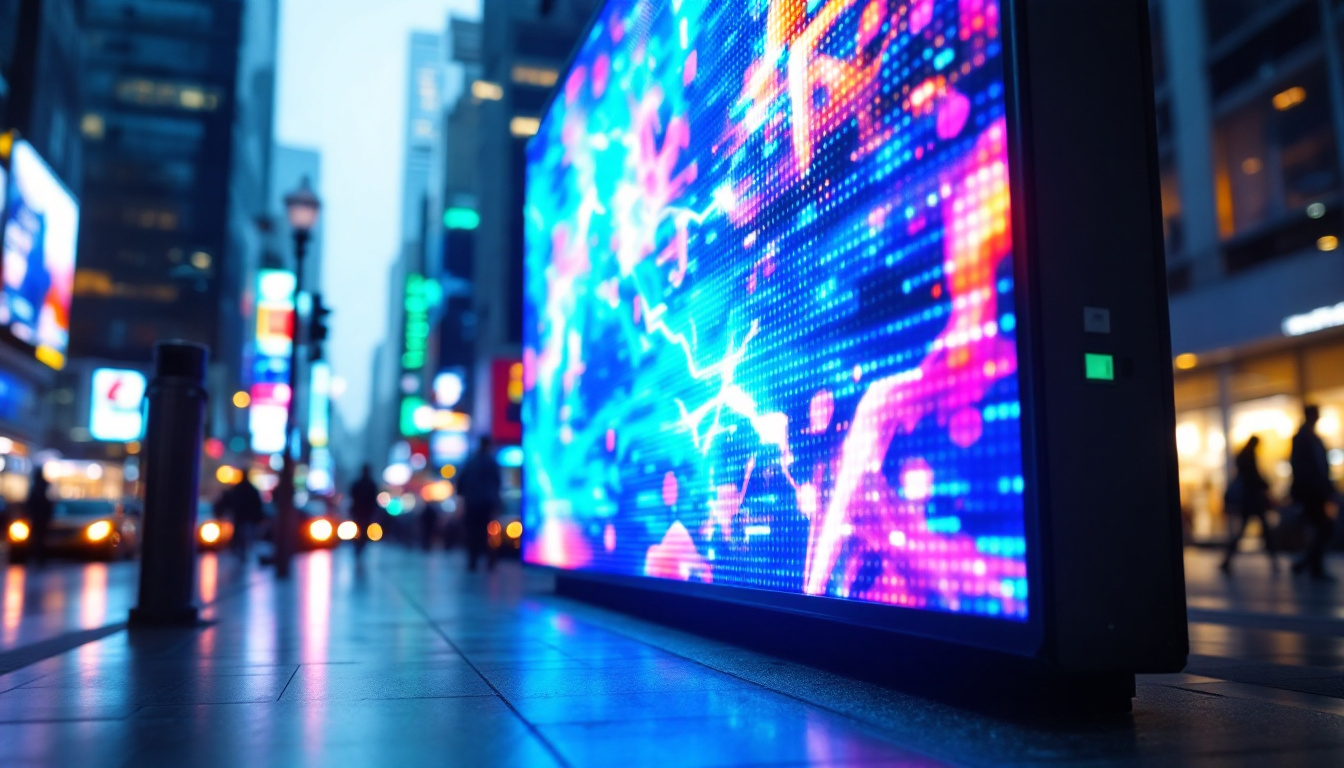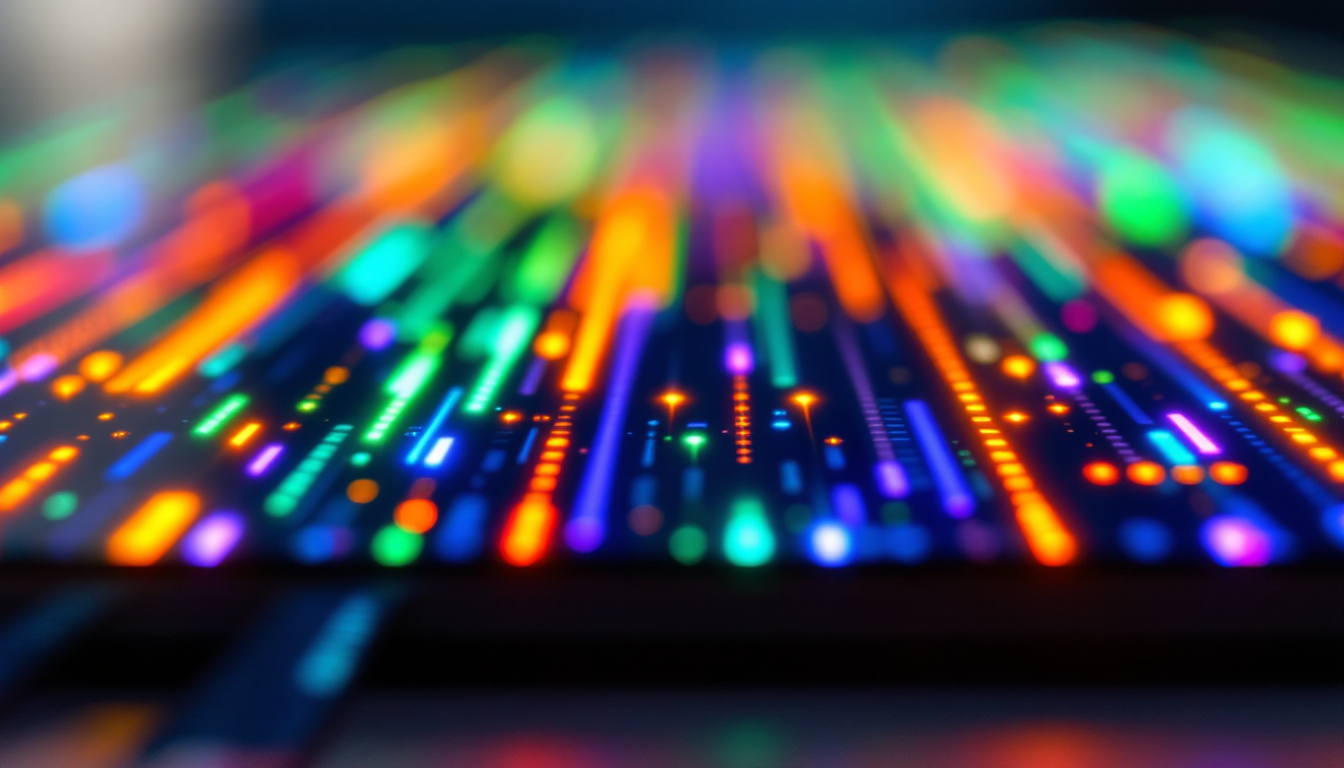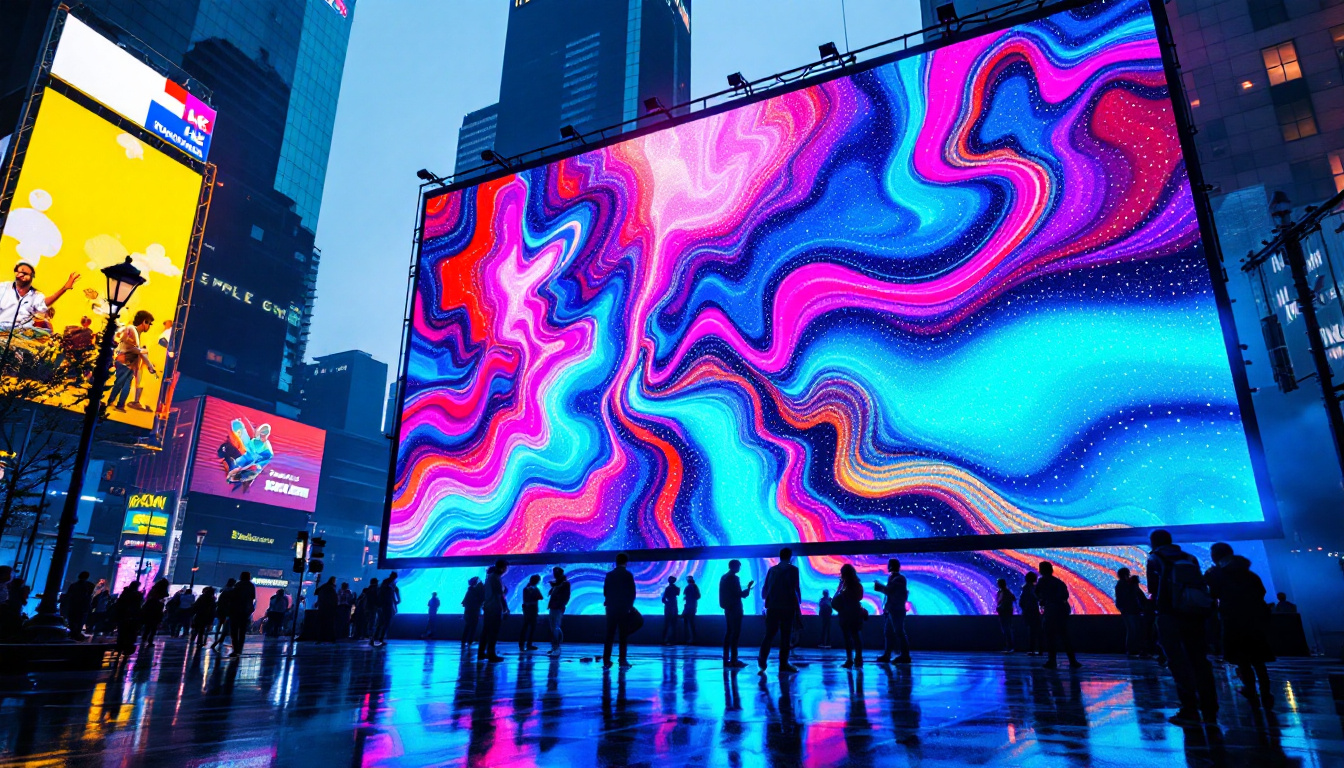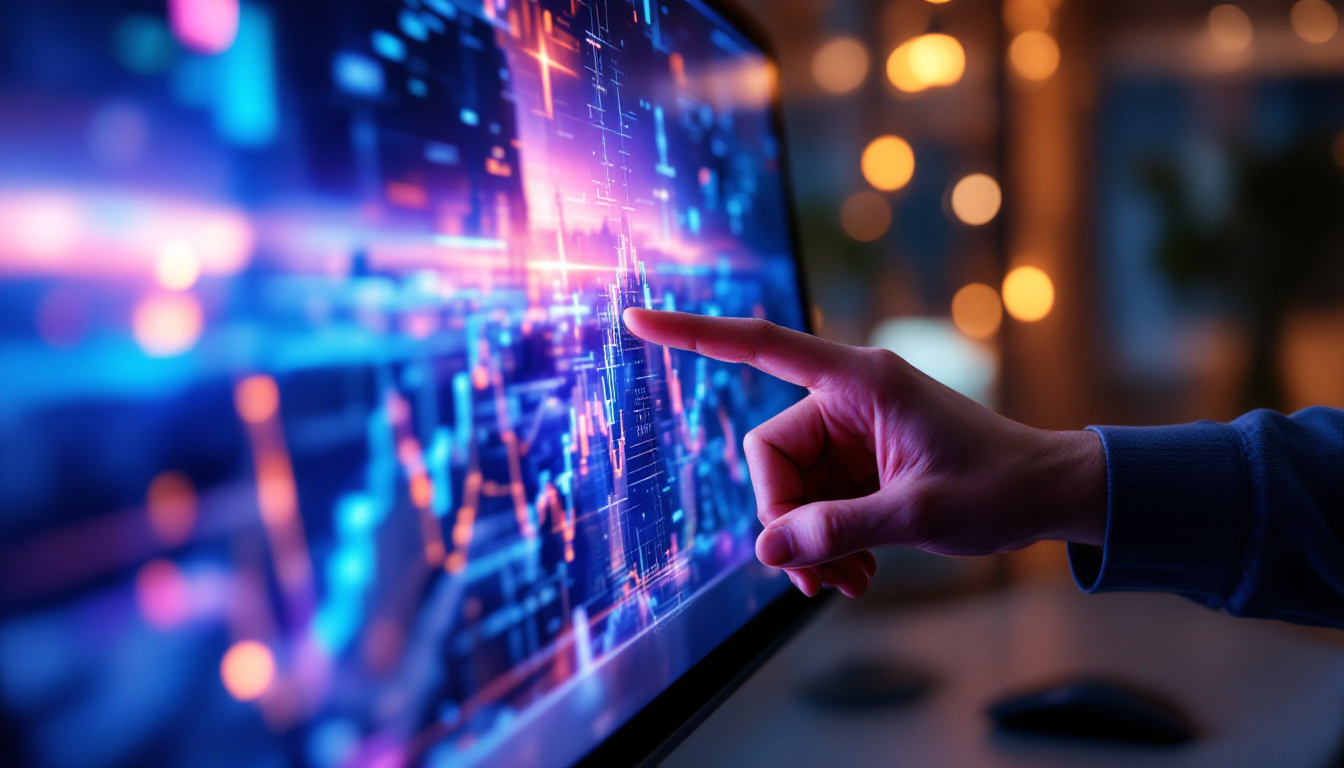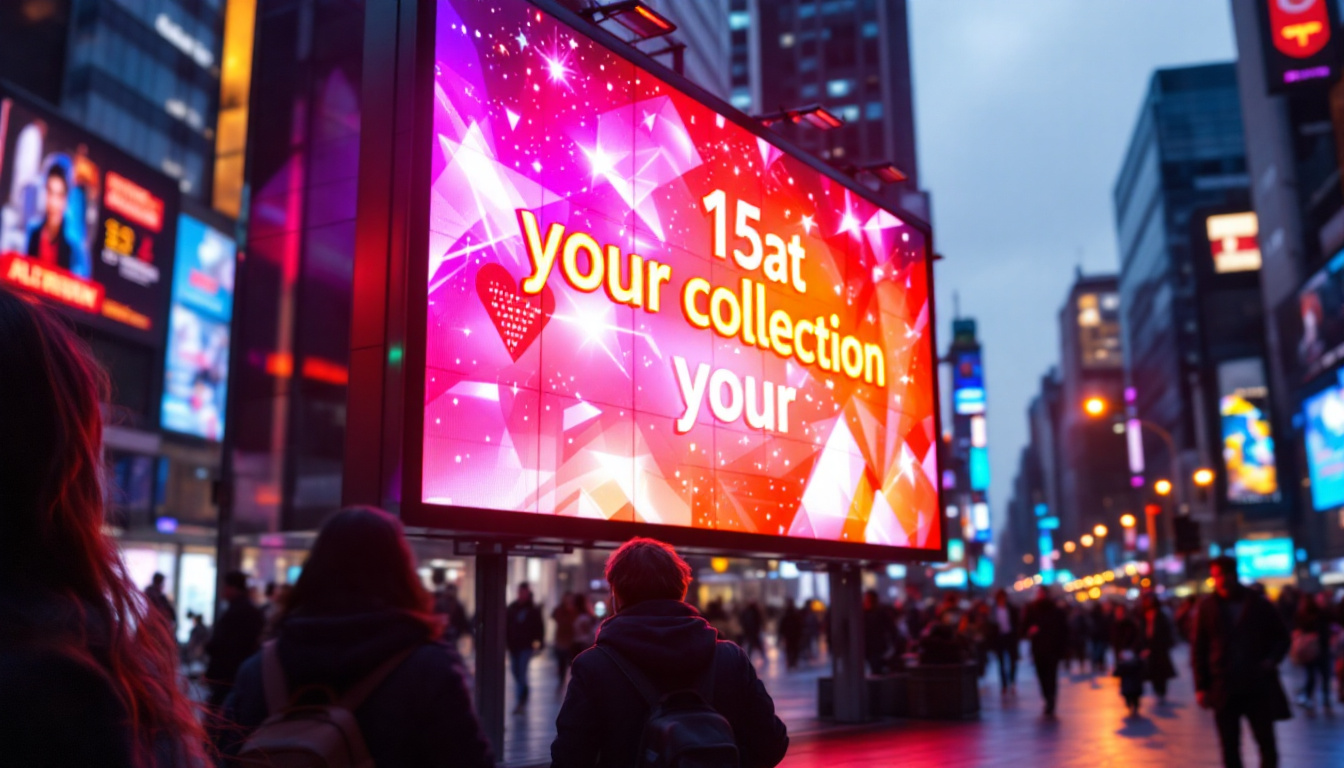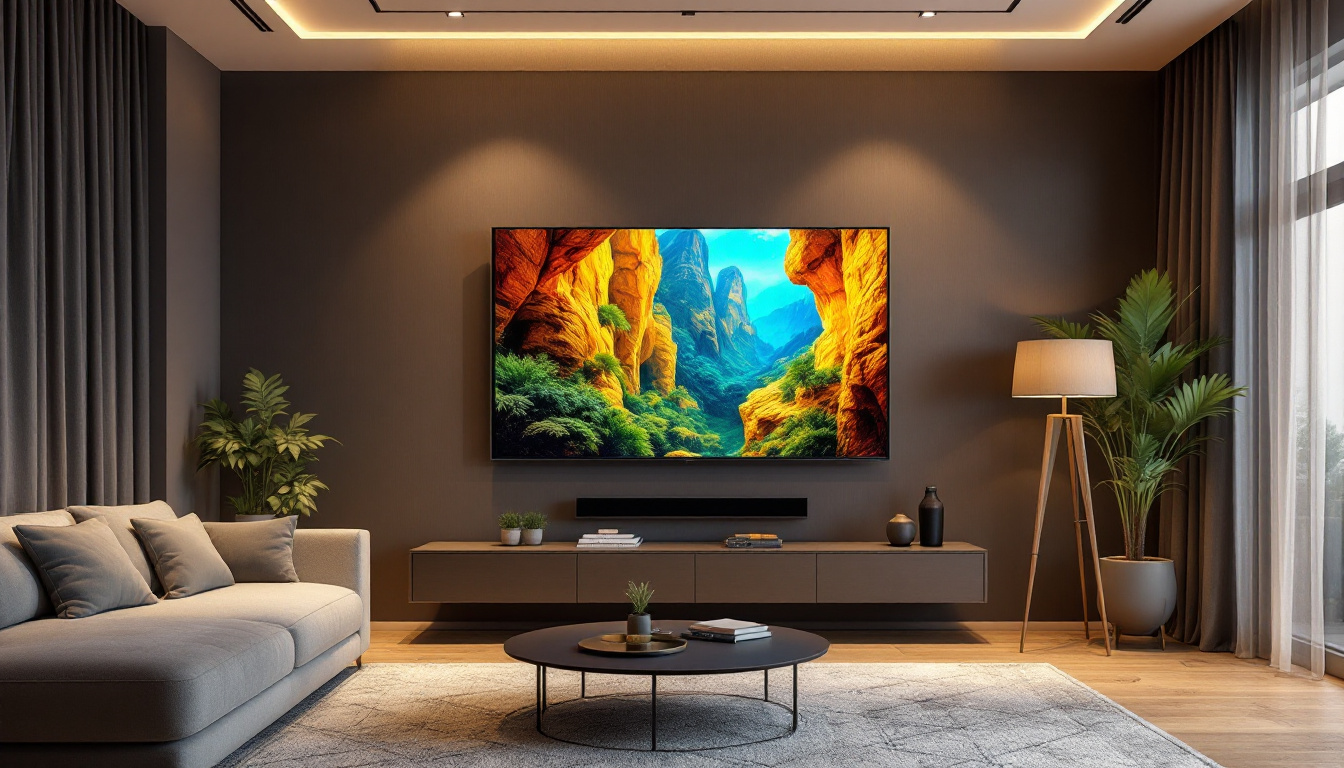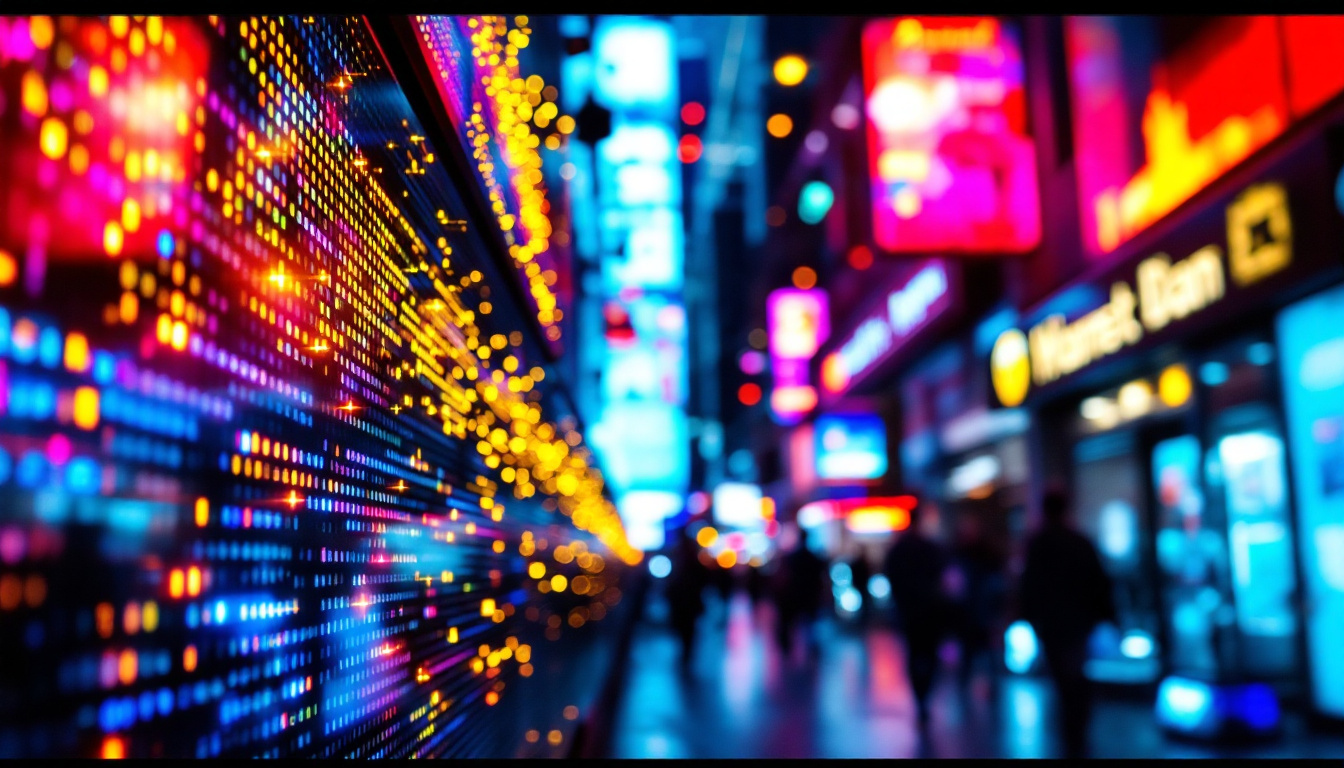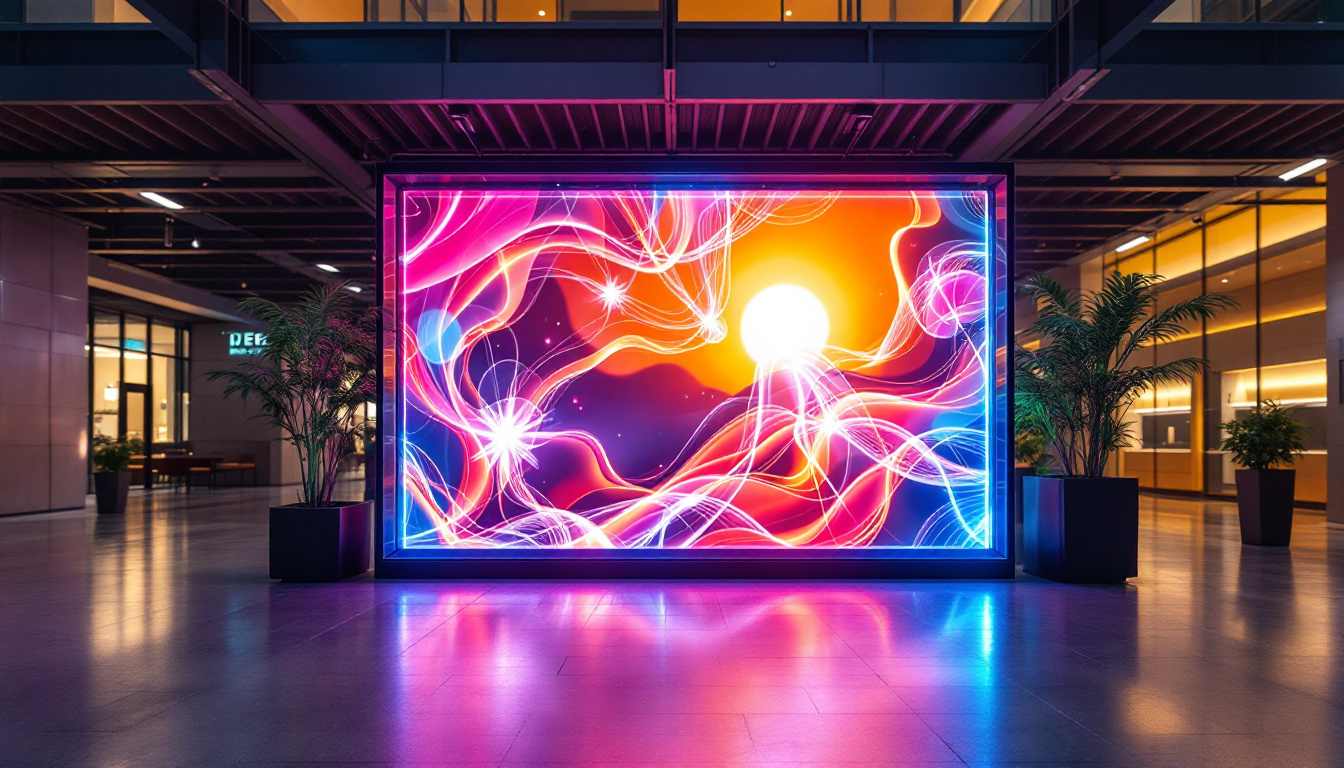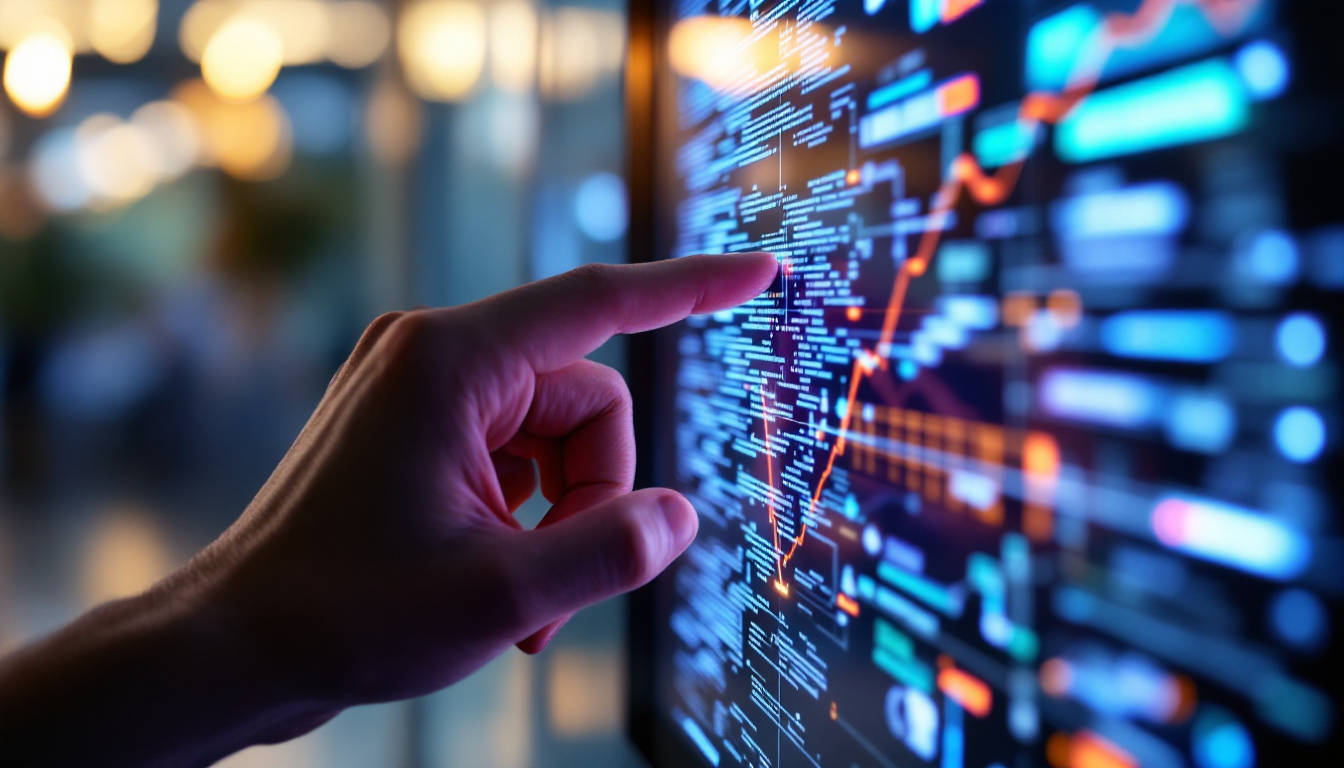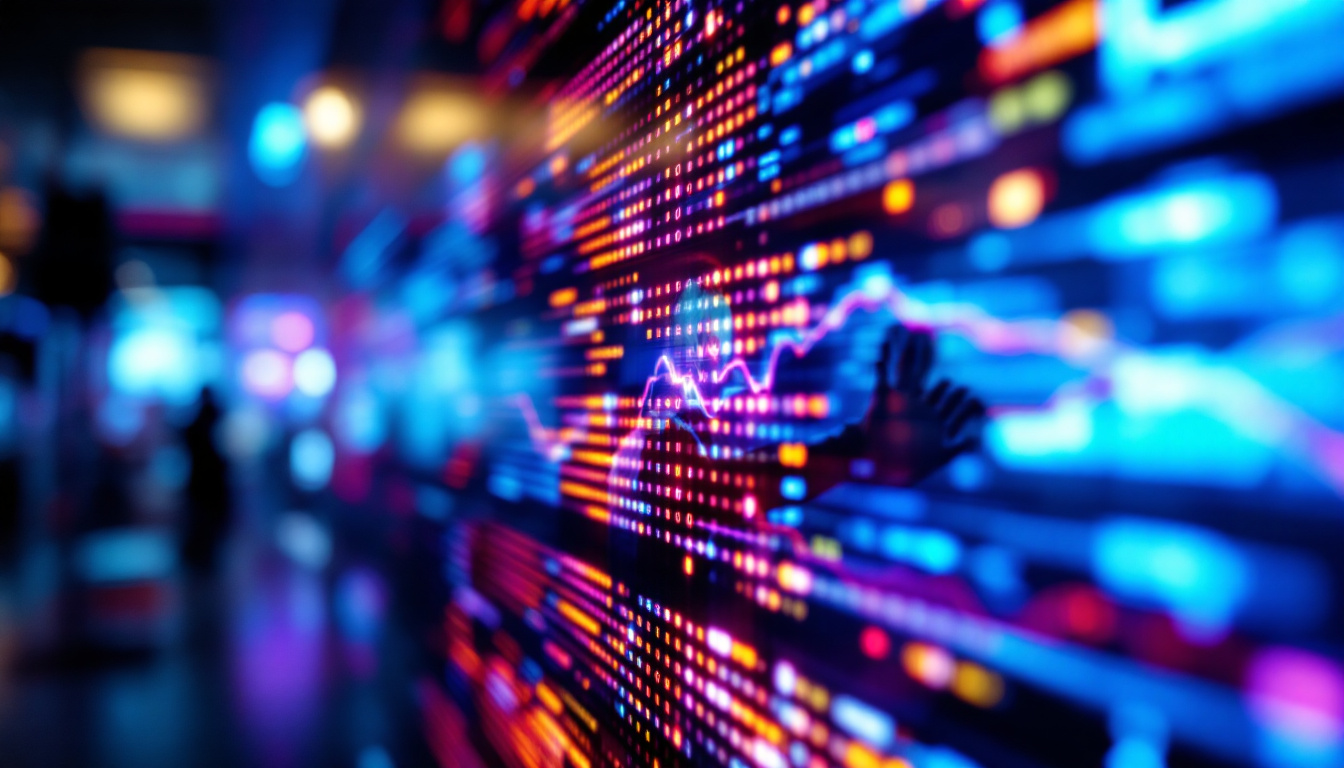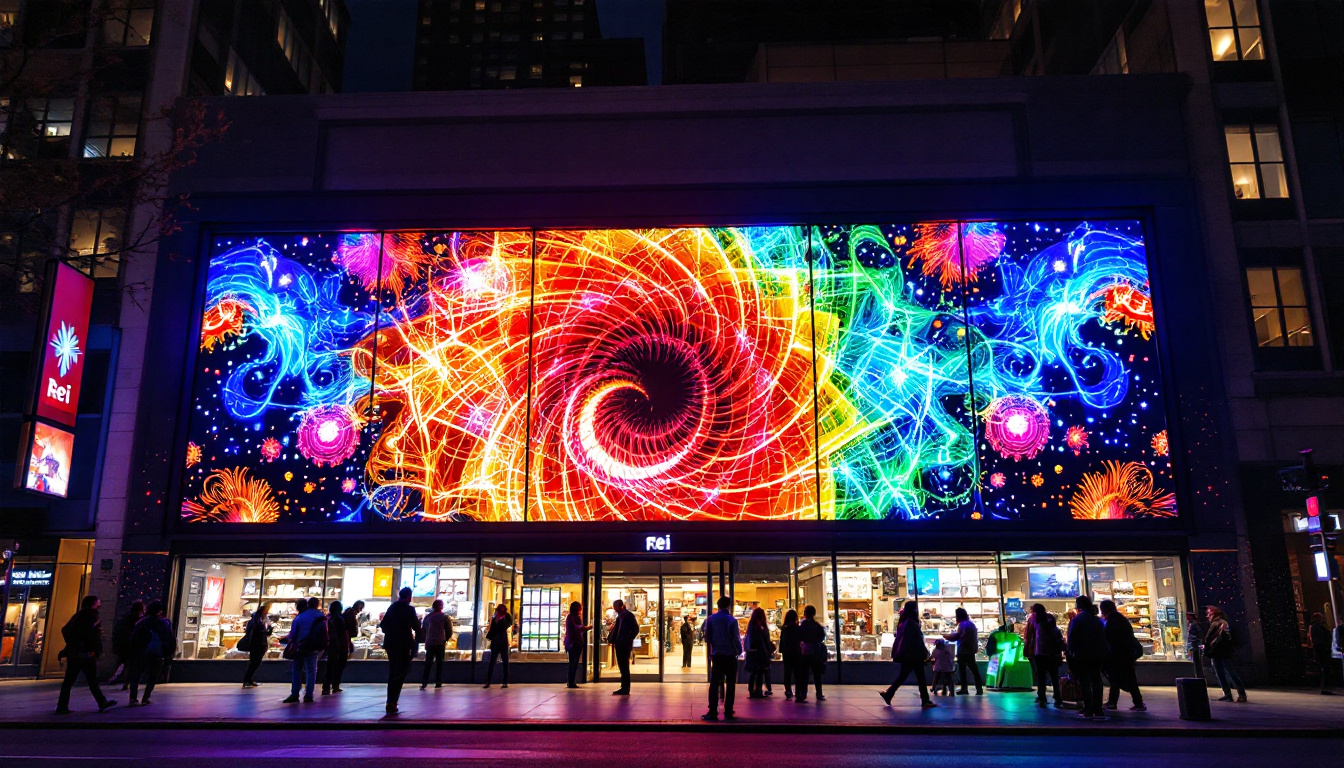In recent years, LED technology has transformed the landscape of display systems, leading to the rise of DLED (Direct LED) displays. These screens are becoming increasingly popular in various applications, from commercial advertising to home entertainment. This article delves into the intricacies of DLED technology, its advantages, and its applications.
Understanding DLED Technology
DLED, or Direct LED, refers to a type of LED display where the light-emitting diodes are placed directly behind the screen, illuminating it uniformly. This contrasts with other LED technologies, such as edge-lit displays, where LEDs are positioned only along the edges of the screen. The direct placement of LEDs in DLED displays allows for better control over brightness and color accuracy, resulting in a more immersive viewing experience.
How DLED Works
The core of DLED technology lies in its ability to provide a consistent light source across the entire display surface. Each pixel is illuminated by its own LED, allowing for precise control over brightness levels. This setup not only enhances the overall picture quality but also improves the display’s performance in various lighting conditions. For instance, in brightly lit environments, DLED displays can maintain their vibrancy without washing out colors, making them ideal for retail settings and public displays.
Moreover, DLED displays often utilize local dimming technology, which allows certain areas of the screen to dim or brighten independently. This feature enhances contrast ratios, providing deeper blacks and more vibrant colors. As a result, DLED displays are particularly well-suited for high-definition content, where detail and color accuracy are paramount. Additionally, the ability to control light in localized areas means that viewers can enjoy a more dynamic range of visuals, from shadowy scenes in movies to bright, colorful animations in video games.
Comparison with Other Display Technologies
When comparing DLED displays to other technologies, such as LCD or OLED, several key differences emerge. LCDs typically rely on a backlight that can lead to uneven brightness and poor black levels. OLED, on the other hand, uses organic compounds that emit light individually, allowing for perfect blacks but often at a higher cost and with potential burn-in issues. This makes OLED displays more suitable for specific applications, such as high-end home theaters, where the viewer can control the environment to mitigate burn-in risks.
DLED strikes a balance between these two technologies. It offers superior brightness and color accuracy compared to traditional LCDs while avoiding some of the pitfalls associated with OLED displays. This makes DLED a compelling option for both commercial and residential use. Furthermore, DLED technology is increasingly being adopted in various industries, including broadcasting, gaming, and digital signage, where high-quality visuals are essential. As manufacturers continue to innovate, DLED displays are expected to evolve, incorporating advanced features like enhanced refresh rates and improved energy efficiency, making them an even more attractive choice for consumers and businesses alike.
Advantages of DLED Displays
The rise of DLED displays can be attributed to their numerous advantages over other display technologies. From energy efficiency to superior image quality, DLED displays offer a range of benefits that make them an attractive choice for various applications.
Energy Efficiency
One of the standout features of DLED technology is its energy efficiency. By using LEDs as a light source, DLED displays consume significantly less power compared to traditional LCDs. This not only reduces operational costs but also minimizes environmental impact, making DLED a more sustainable choice.
Moreover, the ability to control brightness levels through local dimming means that DLED displays can adjust their power consumption based on the content being displayed. This dynamic adjustment further enhances energy savings, particularly in commercial settings where screens may be on for extended periods.
Enhanced Image Quality
DLED displays are renowned for their exceptional image quality. The direct placement of LEDs allows for greater control over color accuracy and brightness, resulting in vivid images that stand out. The local dimming feature also contributes to improved contrast ratios, making dark scenes more immersive and detailed.
Additionally, DLED technology supports a wider color gamut, enabling displays to reproduce a broader range of colors. This is particularly beneficial for applications that require precise color representation, such as graphic design, video editing, and digital signage.
Long Lifespan
Another significant advantage of DLED displays is their longevity. LEDs are known for their durability and extended lifespan, often lasting tens of thousands of hours. This translates to lower maintenance costs and less frequent replacements, making DLED displays a cost-effective investment over time.
Furthermore, the robust nature of LED technology means that DLED displays are less susceptible to damage compared to other display types. This durability makes them ideal for high-traffic environments, such as retail spaces and public venues.
Applications of DLED Displays
The versatility of DLED displays allows them to be utilized in a wide range of applications. From advertising to entertainment, these displays are making their mark across various industries.
Commercial Advertising
In the realm of advertising, DLED displays have become a staple for businesses looking to capture consumer attention. Their vibrant colors and high brightness levels make them ideal for outdoor signage, where visibility is crucial. Retailers often use DLED displays to showcase promotions, new products, and brand messaging, taking advantage of their eye-catching capabilities.
Moreover, the ability to update content dynamically allows businesses to tailor their messaging based on time, location, or audience. This flexibility enhances engagement and can lead to increased foot traffic and sales.
Entertainment and Events
DLED displays are increasingly being used in the entertainment industry, particularly for concerts, festivals, and sporting events. Their high brightness and contrast capabilities ensure that visuals remain striking, even in bright outdoor settings. Event organizers often utilize large-scale DLED screens to display live feeds, advertisements, and interactive content, enhancing the overall experience for attendees.
Additionally, DLED technology is making its way into home entertainment systems. Many consumers are opting for DLED TVs due to their superior picture quality and energy efficiency. This trend is further fueled by the growing popularity of 4K and 8K content, which demands high-quality displays for optimal viewing.
Corporate and Educational Use
In corporate settings, DLED displays are becoming essential tools for presentations, meetings, and training sessions. Their clarity and color accuracy ensure that information is conveyed effectively, making them a valuable asset in professional environments. Many companies are investing in DLED technology for conference rooms and collaborative spaces, enhancing communication and productivity.
Similarly, educational institutions are adopting DLED displays for classrooms and auditoriums. The ability to present information clearly and engagingly can significantly enhance the learning experience for students. Moreover, DLED displays can be integrated with interactive technologies, allowing for a more dynamic and participatory educational environment.
Challenges and Considerations
While DLED displays offer numerous advantages, they are not without their challenges. Understanding these limitations is crucial for potential buyers and users to make informed decisions.
Cost Implications
One of the primary considerations when investing in DLED technology is the cost. While prices have been decreasing over the years, DLED displays can still be more expensive than traditional LCD options. This initial investment may deter some businesses or individuals, particularly those with budget constraints.
However, it is essential to consider the long-term benefits and savings associated with DLED displays, such as lower energy costs and reduced maintenance. For many, the advantages outweigh the initial financial outlay, making DLED a worthwhile investment.
Installation and Maintenance
Another challenge associated with DLED displays is the installation and maintenance process. Depending on the size and complexity of the display, installation can be labor-intensive and may require professional assistance. This can add to the overall cost and time involved in setting up a DLED system.
Furthermore, while DLED displays are generally durable, they still require regular maintenance to ensure optimal performance. Users must be prepared to invest time and resources into maintaining their displays, particularly in high-traffic environments where wear and tear may occur more rapidly.
The Future of DLED Technology
The future of DLED technology looks promising, with continuous advancements on the horizon. As demand for high-quality displays grows, manufacturers are investing in research and development to enhance DLED capabilities further.
Innovations on the Horizon
Future innovations in DLED technology may focus on improving resolution, color accuracy, and energy efficiency. As 8K content becomes more prevalent, the need for displays that can support such high resolutions will drive advancements in DLED technology. Additionally, integrating smart features, such as AI-driven content management systems, could enhance the functionality of DLED displays in commercial settings.
Moreover, as sustainability becomes a more pressing concern, manufacturers are likely to explore eco-friendly materials and production methods for DLED displays. This shift could further enhance the appeal of DLED technology among environmentally conscious consumers and businesses.
Market Trends
The market for DLED displays is expected to grow significantly in the coming years. With increasing adoption across various sectors, including retail, entertainment, and education, the demand for high-quality displays will continue to rise. As more businesses recognize the value of engaging visual content, DLED technology will play a pivotal role in shaping the future of advertising and communication.
Additionally, the rise of remote work and virtual collaboration may drive further interest in DLED displays for corporate environments. As companies seek to create engaging and effective communication tools, DLED technology will likely become a standard feature in modern workplaces.
Conclusion
DLED displays represent a significant advancement in display technology, offering a range of benefits that cater to various applications. From their energy efficiency and enhanced image quality to their versatility in commercial and educational settings, DLED displays are poised to become a dominant force in the display market.
As technology continues to evolve, DLED displays will likely adapt and improve, further solidifying their place in the future of visual communication. For businesses and consumers alike, investing in DLED technology could prove to be a strategic decision that enhances engagement and drives success.
Discover the Future of Visual Engagement with LumenMatrix
As you consider the transformative impact of DLED technology on your visual communication needs, LumenMatrix stands at the forefront, ready to elevate your brand’s presence. With our comprehensive range of LED display solutions, including Indoor and Outdoor LED Wall Displays, Vehicle LED Displays, and more, we are committed to crafting immersive experiences that captivate and engage. Embrace the future of display technology and check out LumenMatrix LED Display Solutions to make a lasting impression with clarity and impact.

